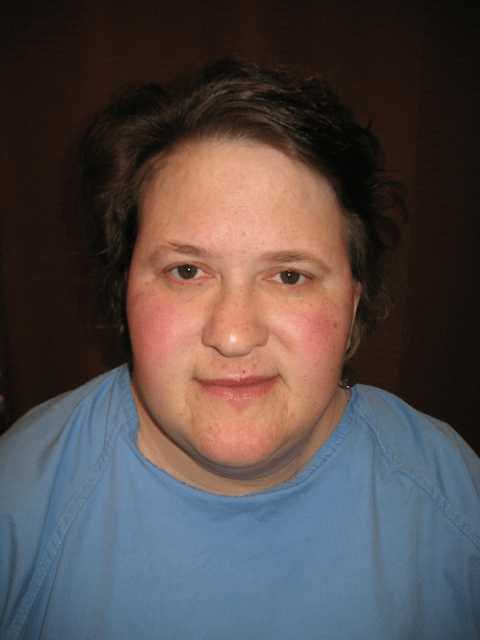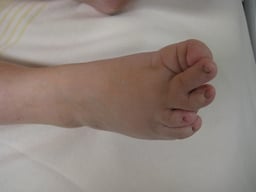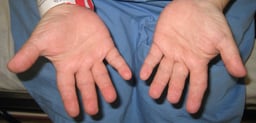Langer–Giedion syndrome

Langer–Giedion syndrome

Langer–Giedion syndrome (LGS) is a very uncommon autosomal dominant genetic disorder caused by a deletion of a small section of material on chromosome 8. It is named after the two doctors who undertook the main research into the condition in the 1960s. Diagnosis is usually made at birth or in early childhood.
Symptoms
The features associated with this condition include: mild to moderate learning difficulties, short stature, unique facial features, small head and skeletal abnormalities including bony growths projecting from the surfaces of bones.[3] Typically, individuals with Langer–Giedion syndrome have fine scalp hair, ears that may be large or prominent, broad eyebrows, deep-set eyes, a bulbous nose, a long narrow upper lip and missing teeth.
Cause
The syndrome occurs when a small piece of chromosome 8's long arm, which contains a number of genes, is missing. The loss of these genes is responsible for some of the overall characteristics of Langer–Giedion syndrome.
The missing portion of the chromosome is 8q23.2–q24.1.[2] This region includes the genes TRPS1 and EXT1.
Diagnosis
Diagnosis is based on clinical findings and can be confirmed by cytogenetic testing, when the deletion is in an average of 5 Mb (millions of base pairs). Nowadays, it is a common practice to run an aCHG (array chromosome hybridization genome) study on peripheral blood of the patient, in order to limit the extent of the loss of the genomic area, and the deleted genes.[4]
Treatment
While no genetic syndrome is capable of being cured, treatments are available for some symptoms. External fixators have been used for limbic and facial reconstructions.
See also
TRPS1

